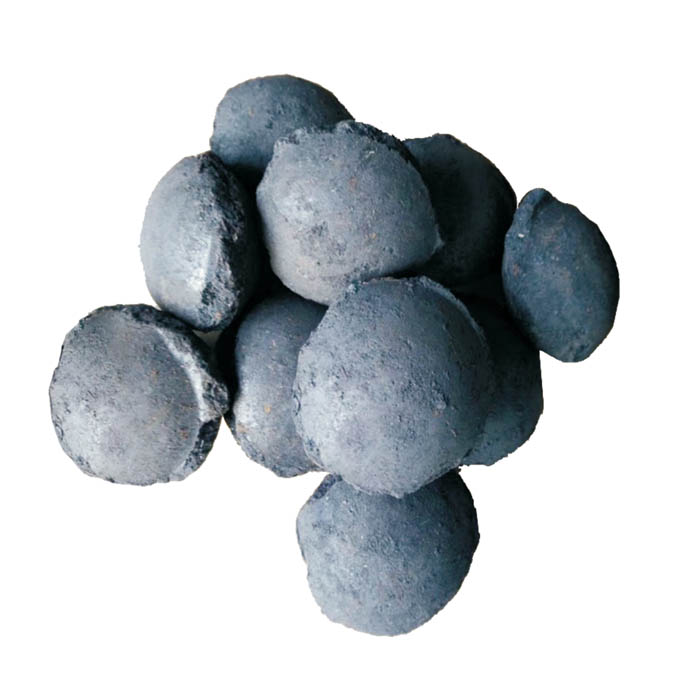ጥቅም . 11, 2024 12:45 Back to list
clay adsorbent
The Role of Clay Adsorbents in Environmental Remediation
Clay minerals, abundant in nature, have gained significant attention in the field of environmental remediation due to their exceptional adsorptive properties. As clay minerals are naturally occurring, abundant, and cost-effective, they present an attractive option for the removal of contaminants from wastewater and soil. This article explores the mechanisms by which clay adsorbents work, their applications, and the future of clay-based materials in environmental technology.
Mechanisms of Adsorption
Clay minerals possess a unique structure characterized by a layered arrangement of silicate sheets. This structure grants them high specific surface areas and cation exchange capabilities, making them effective at adsorbing various pollutants. The interlayer spaces in clays allow for the accommodation of ions and small molecules, while the surface charge of the clay particles enhances their interaction with anions and organic pollutants.
The adsorption processes can be classified into several types, including physisorption, chemisorption, and ion exchange. Physisorption occurs due to van der Waals forces, while chemisorption involves the formation of stronger chemical bonds. Ion exchange is particularly significant for removing heavy metals and other ionic contaminants from water and soil, as it allows for the replacement of undesirable ions with more benign ones.
Applications of Clay Adsorbents
1. Wastewater Treatment One of the primary applications of clay adsorbents is in the treatment of industrial and municipal wastewater. Clays such as bentonite and kaolinite have shown effectiveness in removing heavy metals, organic pollutants, and dyes from wastewater. Their ability to bind with harmful substances not only purifies the water but also reduces the toxicity of the effluent.
clay adsorbent

2. Soil Remediation Contaminated soils pose a significant risk to the environment and public health. Clay adsorbents are being utilized to remediate soils polluted with petroleum hydrocarbons, pesticides, and heavy metals. By mixing clay with contaminated soil, pollutants can be immobilized, thereby preventing their leaching into groundwater and promoting restoration of the soil's ecosystem.
3. Air Pollution Control Clay minerals are also employed in air pollution control technologies. They can act as adsorbents for volatile organic compounds (VOCs) and other airborne pollutants, providing an eco-friendly solution for improving air quality, particularly in urban areas.
4. Agricultural Applications In agriculture, clay minerals can enhance soil quality and fertility. By improving water retention and nutrient exchange, clays help in fostering healthy plant growth. They can also be employed to adsorb excess fertilizers, thereby reducing leachate and minimizing environmental impacts.
Future of Clay-Based Adsorbents
The growing concern over environmental pollution and the limitations of traditional remediation methods have sparked renewed interest in the development of improved clay-based adsorbents. Researchers are exploring various modifications, such as chemical activation and functionalization, to enhance the adsorption capabilities of clay minerals. For instance, incorporating nanoparticles or organic modifiers can significantly enhance the interaction between clay and pollutants, leading to increased efficiency.
Moreover, the concept of combining clays with synthetic adsorbents is gaining traction. Hybrid systems can leverage the strengths of both materials, resulting in superior performance in contaminant removal. The focus is also shifting towards waste-to-value approaches, where waste materials are converted into advanced clay adsorbents, yielding both economic and environmental benefits.
In conclusion, clay adsorbents play a crucial role in environmental remediation, thanks to their unique properties and adaptability. From wastewater treatment to soil and air purification, the versatility of clay minerals makes them invaluable in addressing pollution challenges. As research continues to innovate and improve these natural materials, their potential in sustainable environmental solutions will surely expand, paving the way for a cleaner and healthier planet.
-
High-Quality Fe-C Alloy Leading Manufacturers & Spherical Alloy Materials Supplier
NewsJun.10,2025
-
Premium Low Nitrogen Recarburiser Supplier & Manufacturer – High Quality Exporters
NewsJun.10,2025
-
DT4 High-Quality Magnetic Materials Leading DT4 Manufacturer & Supplier
NewsJun.10,2025
-
High-Performance Spring Steel Suppliers Custom Solutions
NewsJun.10,2025
-
Premium SWRCH6A Manufacturer Steel Wire Supplier & Factory
NewsJun.10,2025
-
Premium Mild Steel Wire Rod Supplier & Manufacturer
NewsJun.10,2025
